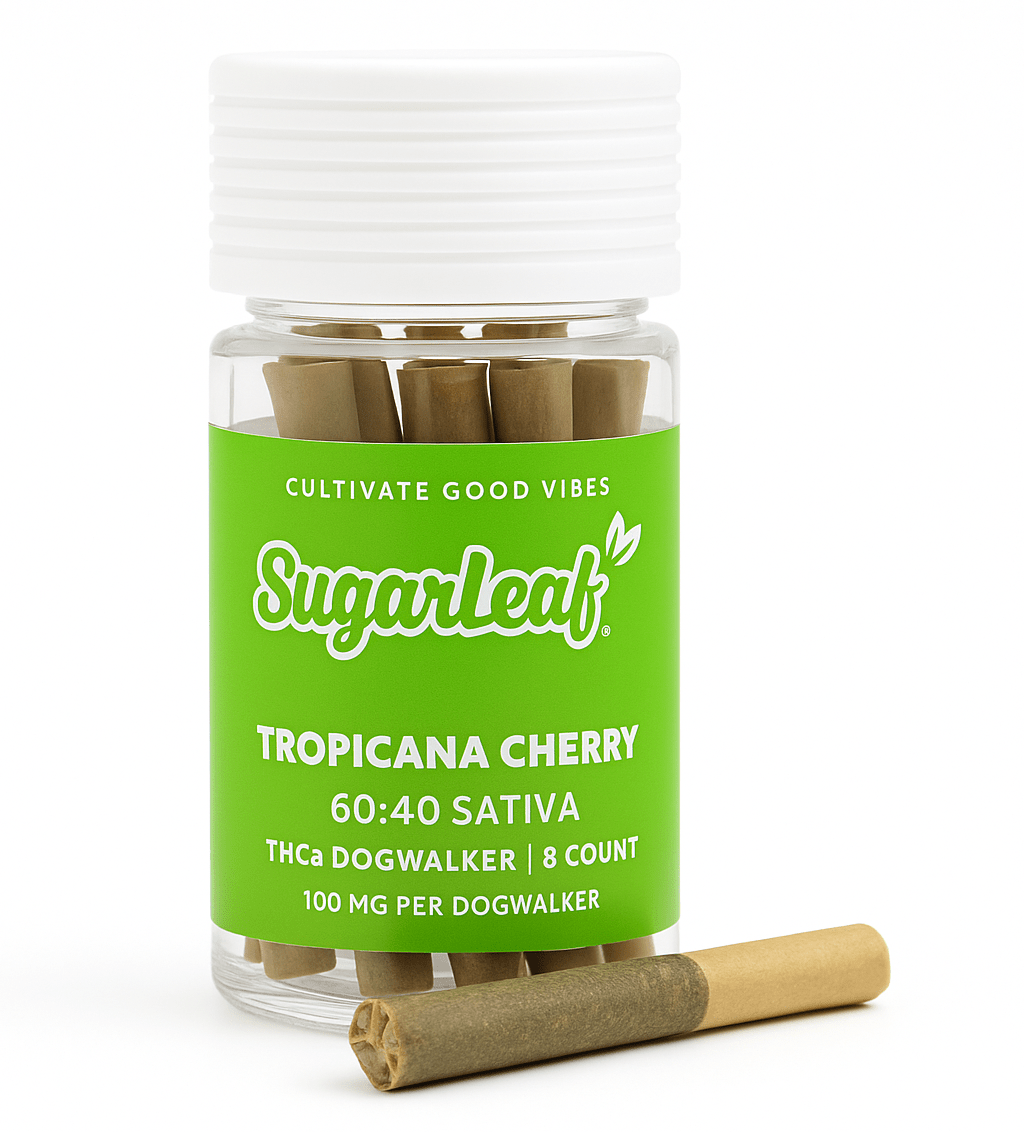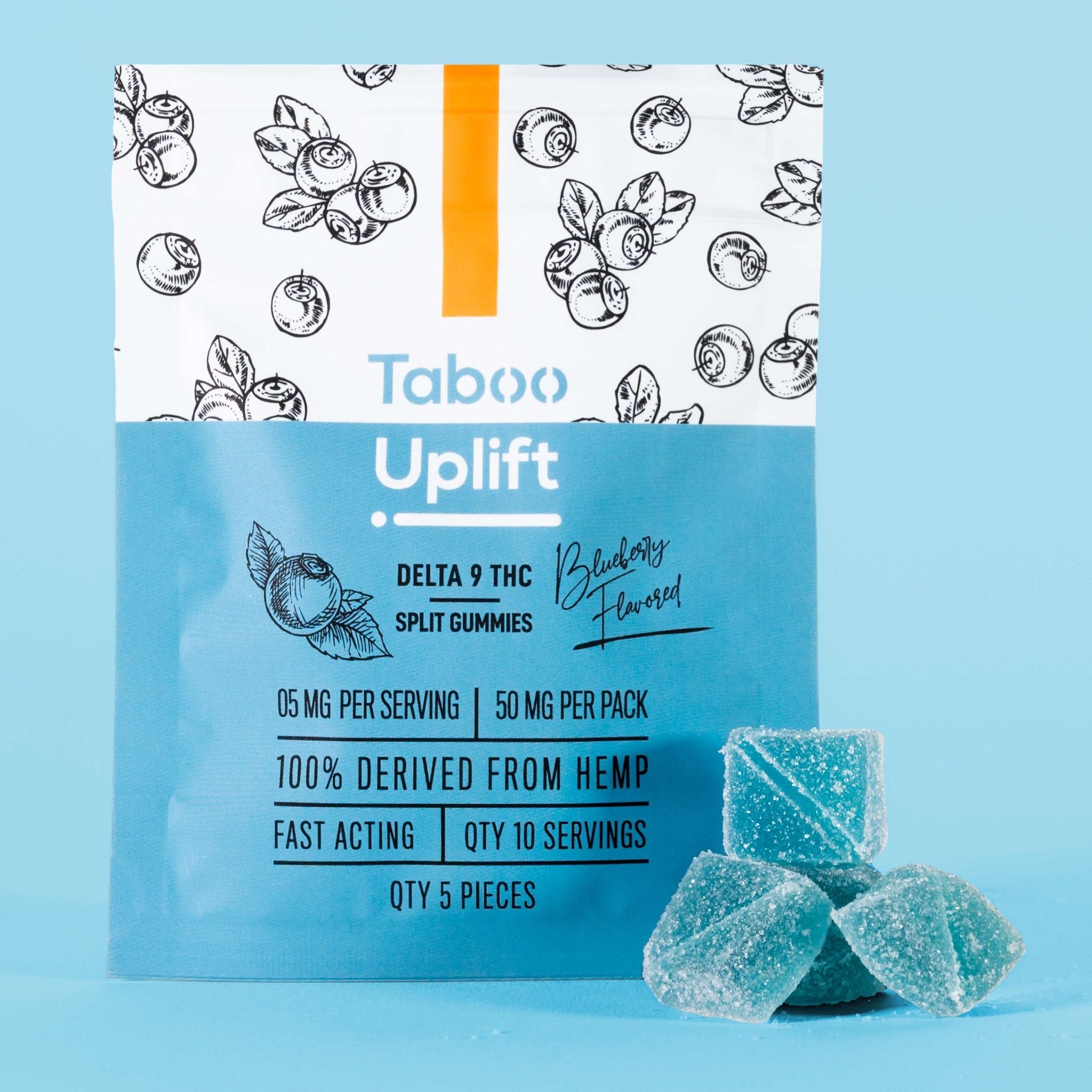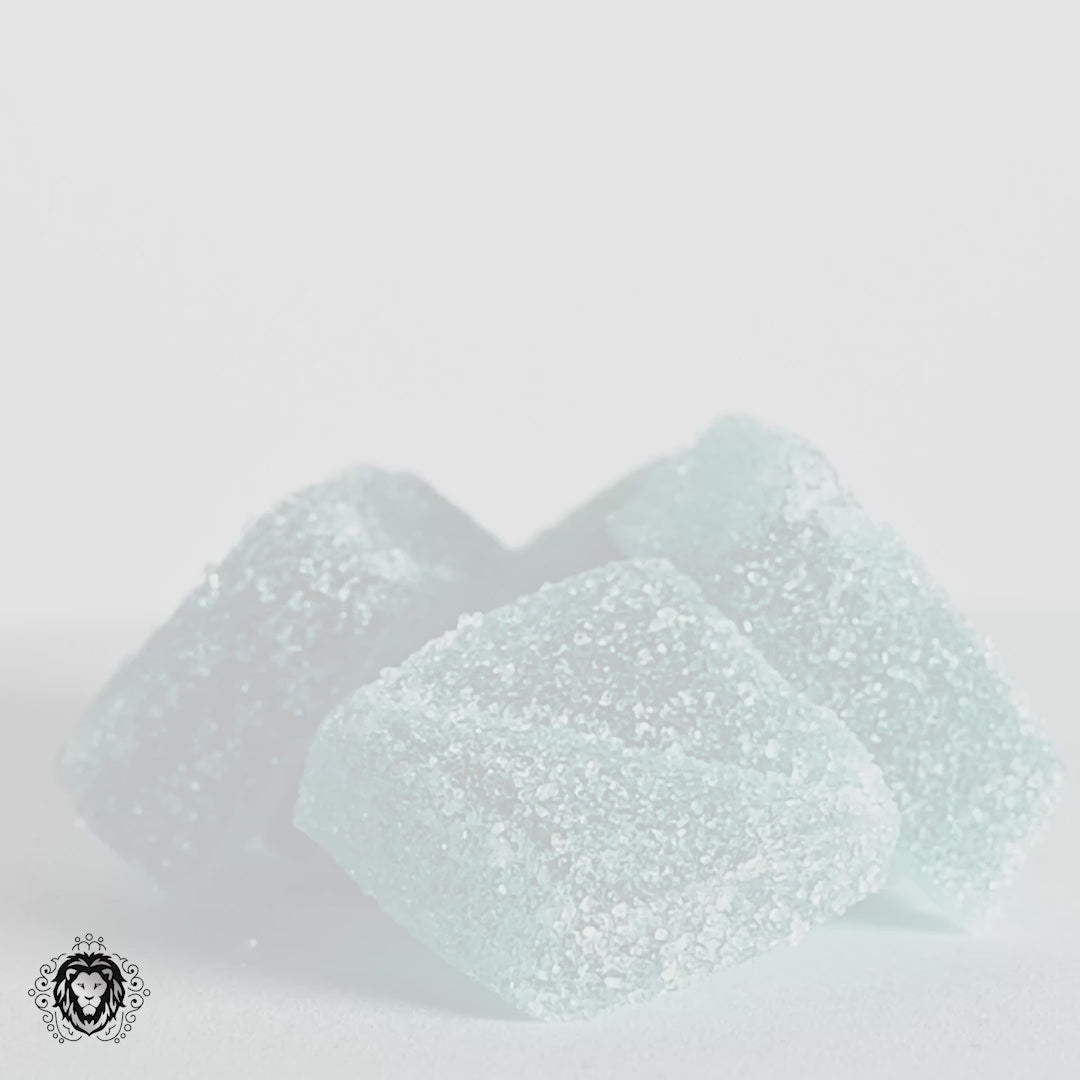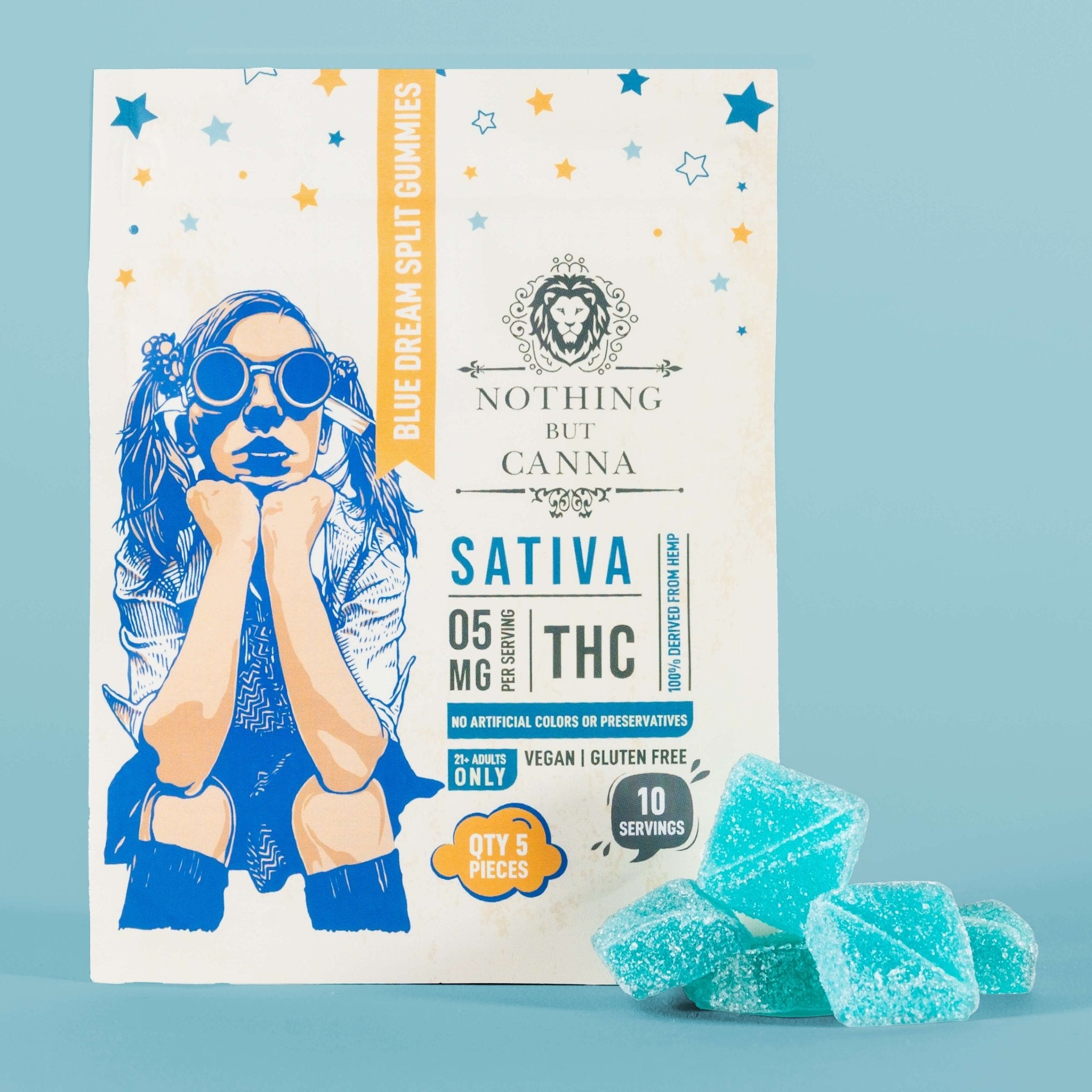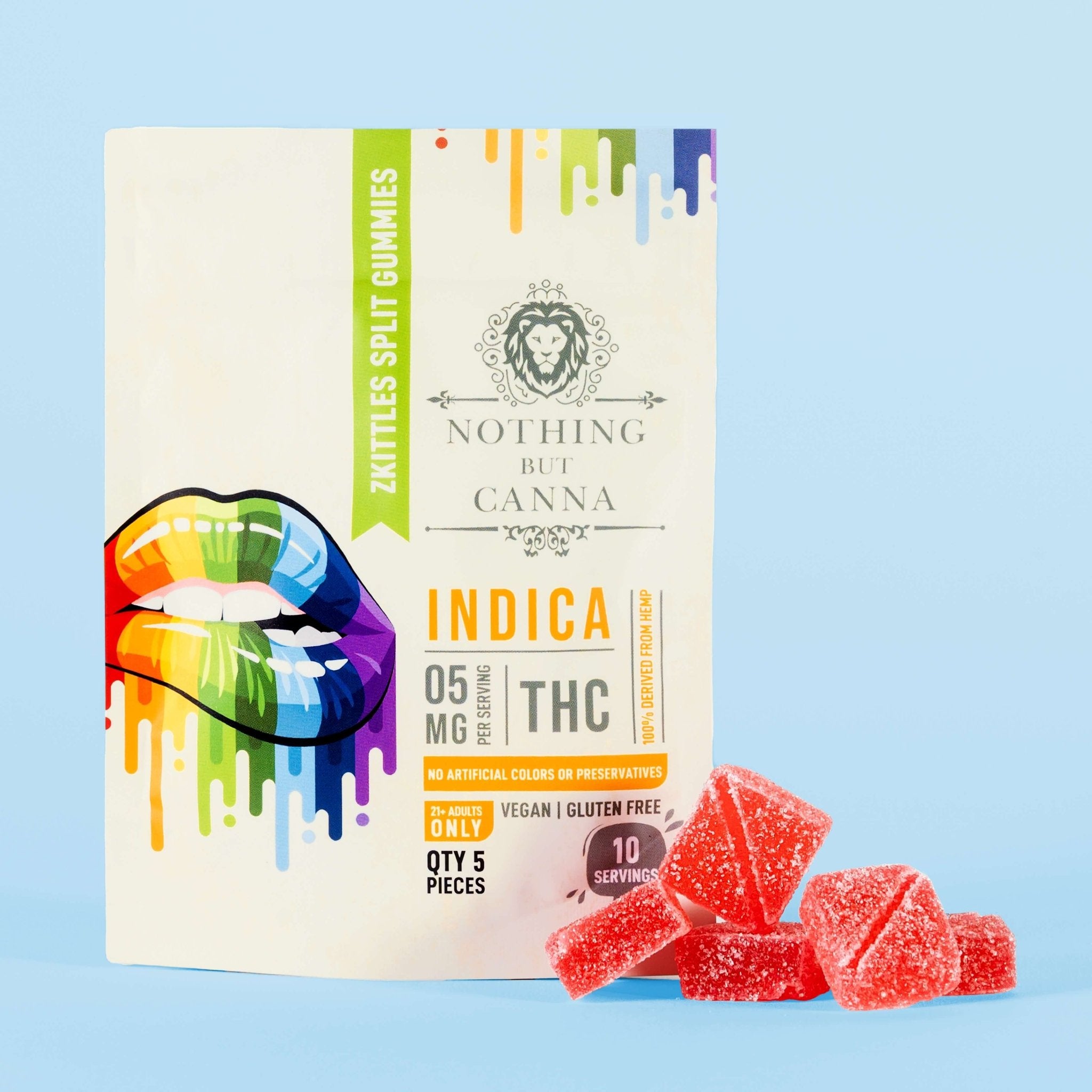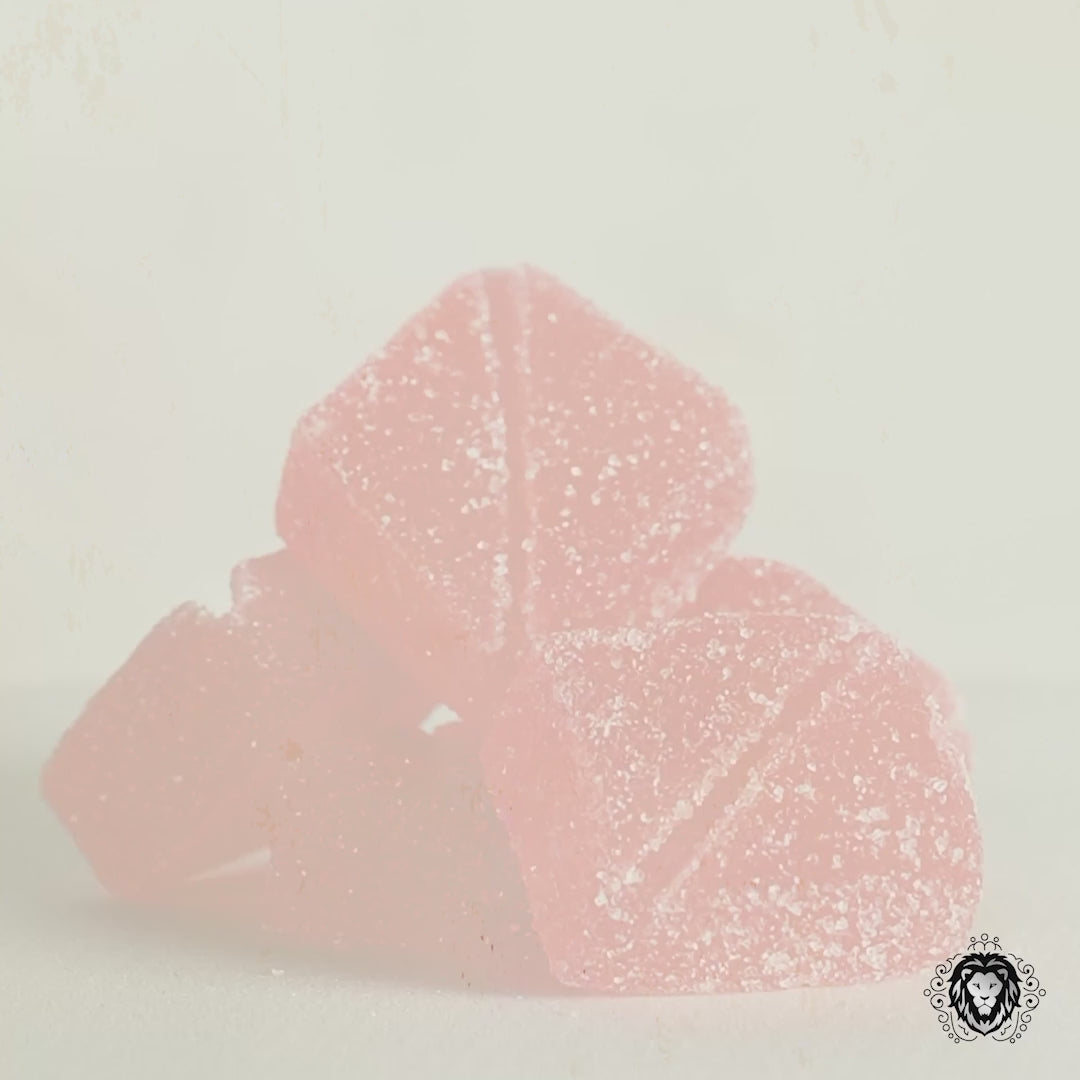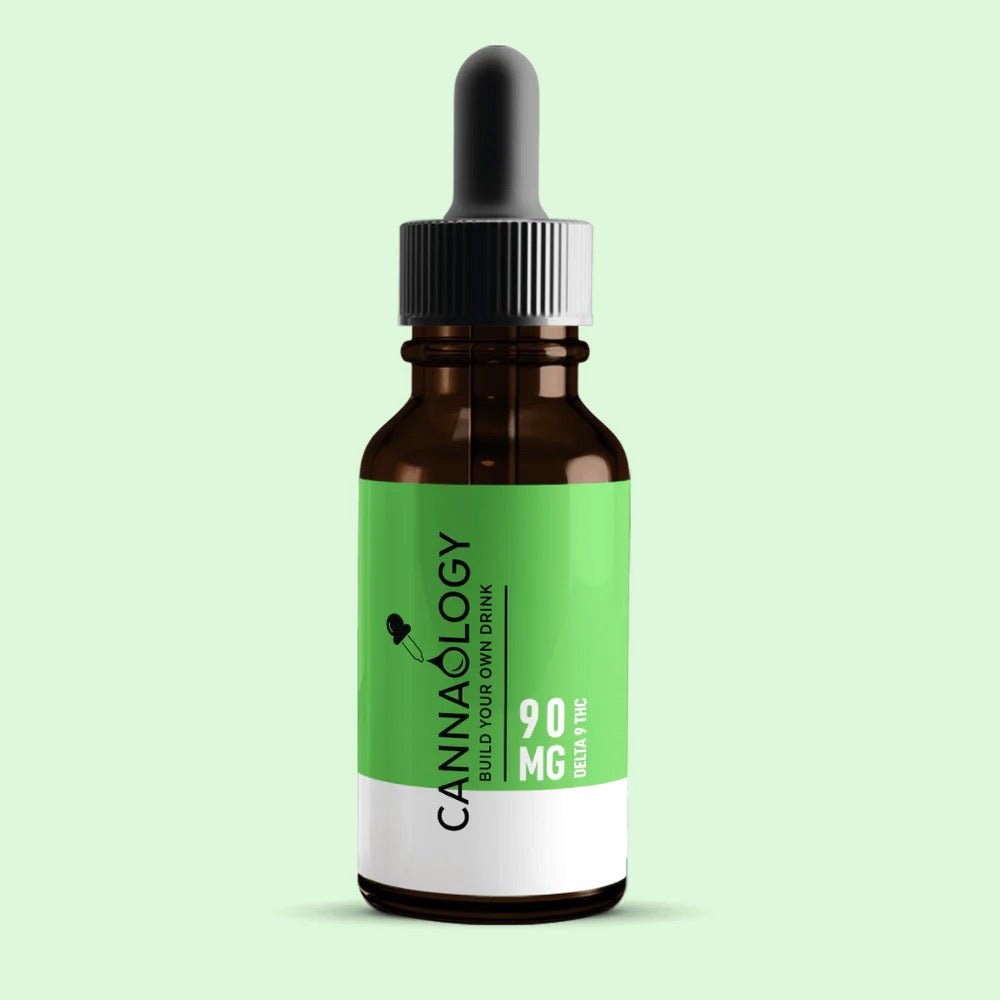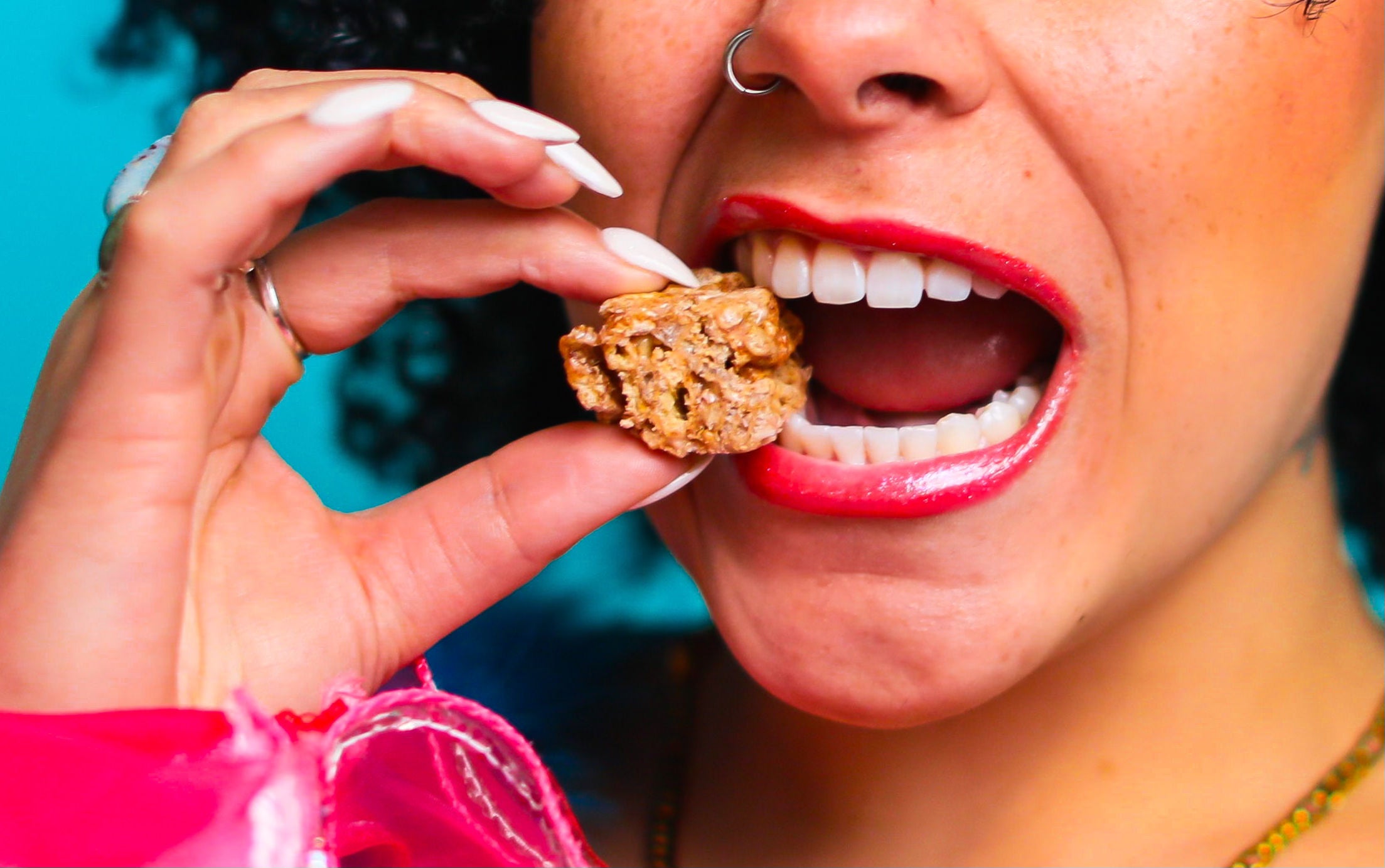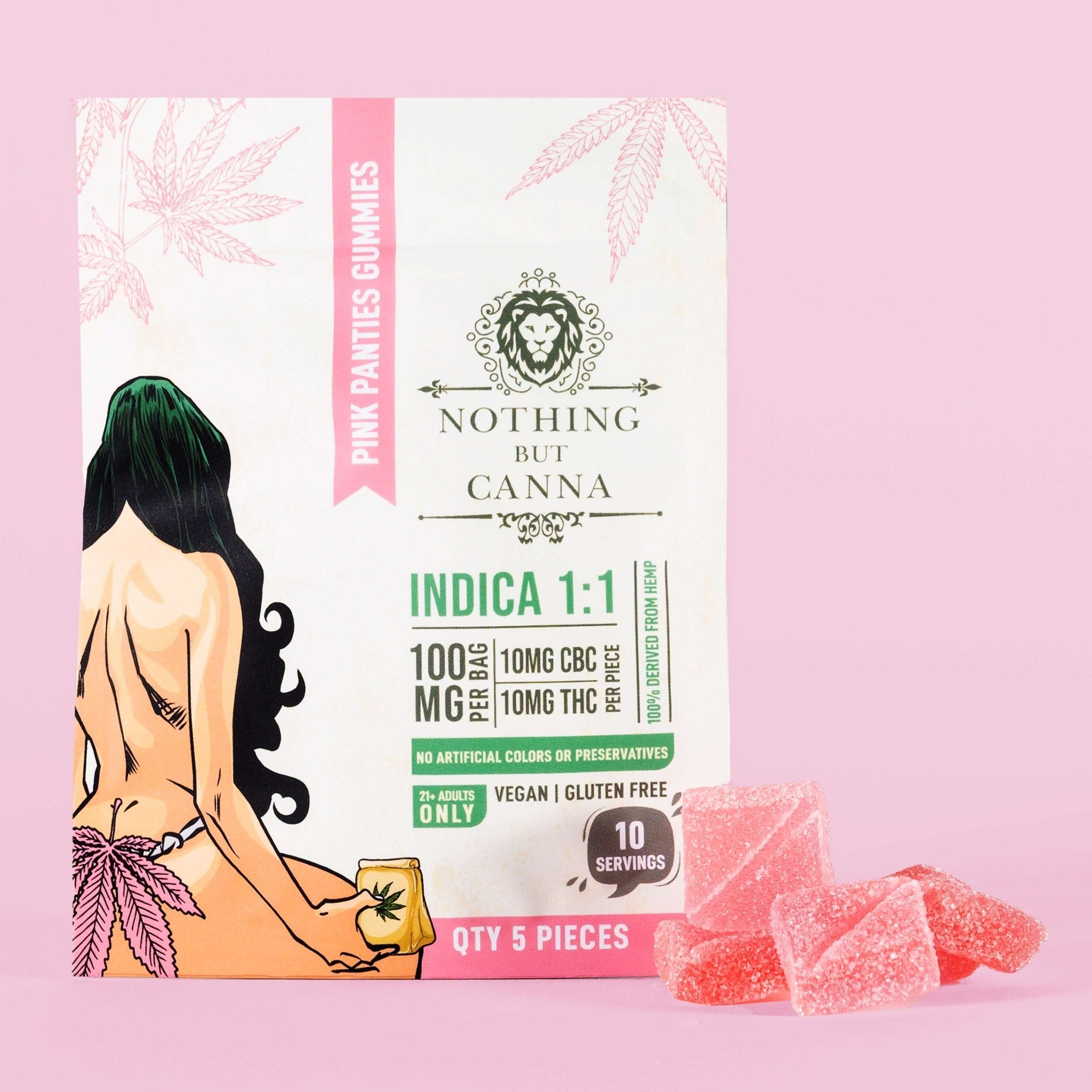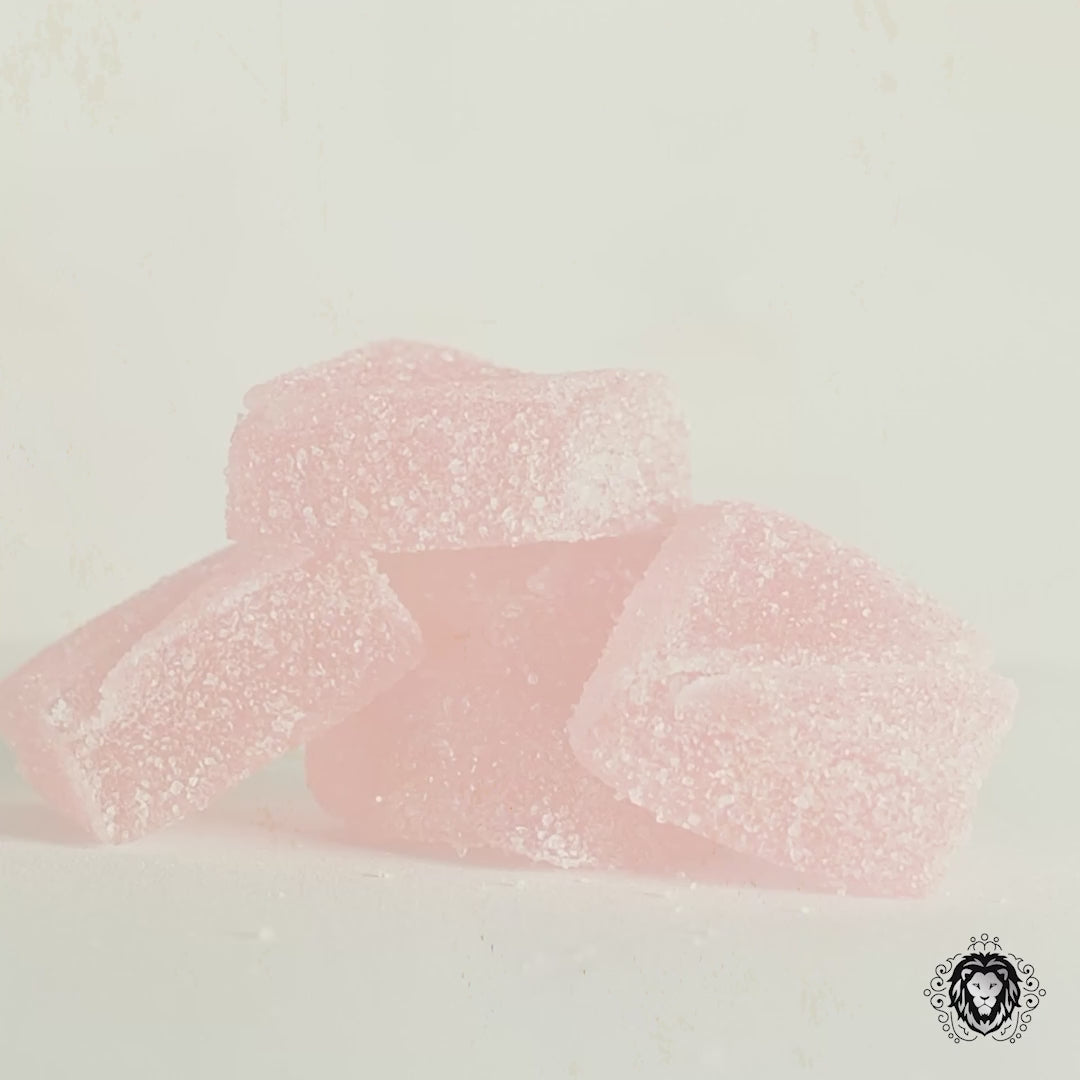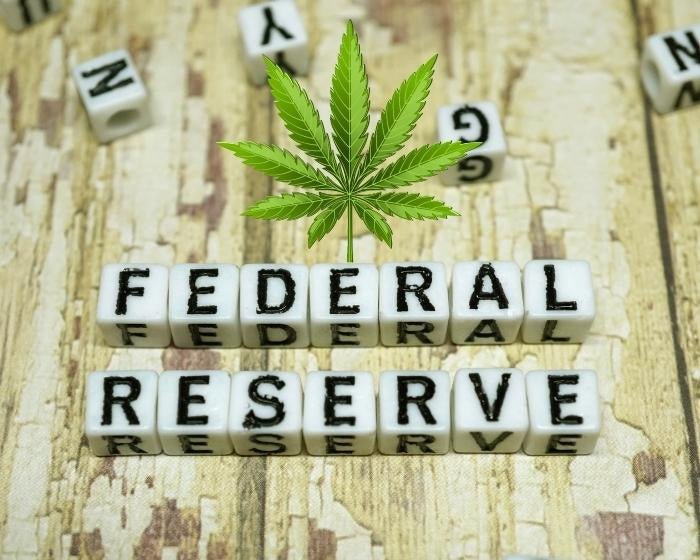The hemp harvest from all sectors continues a dramatic downward trend in the U.S. for 2022.

The annual hemp harvest for 2022 is expected to shrink by nearly half in the United States across all sectors, according to government figures and projections from Denver-based analyst PanXchange.
The reduction in yields cuts across all outputs from roughly 36,925 acres in 2021 to around 20,000 acres in 2022. For example, the flower harvest is expected to be generated from approximately 6,400-6,800 acres, while the fiber harvest is projected to be produced from between 8,200-9,100 acres. Finally, PanXchange predicts the grain yield will be brought in from as little as 4,800 to 5,000 acres this year.
This precipitous drop would roughly translate to a 46% decrease in harvested acres in 2022 based on comparable statistics from the first-ever hemp crop report from the USDA’s National Agricultural Statistics Service (NASS) performed following the 2021 harvest season.
Beginning in 2019, when over 500,000 acres of hemp were planted, but only 120,000 were actually harvested due to the global crash in the CBD market, the trend in the overall planting and harvesting of industrial hemp has continued on this disappointing downward path. In that time, prices for CBD biomass have plummeted by 90% leading to the dramatic departure by many U.S. farmers from the hemp plant.
Seth Boone, Vice President for Business Development at PanXchange, regarding this year’s expected flower production for CBD and other cannabinoids, says, “Poor conditions and contract prices have resulted in poor follow-through.”
"Poor conditions and contract prices have resulted in poor follow-through.”
- Seth Boone, VP for Business Development at PanXchange
Concerning grain production, he additionally notes, “Grain had the most success for repeat acreage with experienced growers, but struggled to find new growers in many areas.”
As the report details, plantings for grain are down around 40% compared to the 2021 harvest, and flower field plantings are down roughly 68% from last year’s production.
Despite the discouraging numbers, many advocates still have strong optimism for the potential of hemp fiber (hemp plastic and hempcrete). Yet, Panxchange’s high-end projection of 9,100 harvested acres for bast fiber and hurd for 2022 would translate to a 30% drop from 2021, when roughly 12,700 acres were harvested, as detailed in the NASS report.
According to Boone, however, that decrease was primarily due to challenging planting and growing conditions and competition from other traditional crops garnering higher prices. Nevertheless, he does believe there is cause for optimism.
As he shares, “In all, the decreased acreage (for fiber) should not be discouraging as there is still significant buyer interest, and processing capacity is expected to significantly increase through 2023. Once supply chains are (better) developed, acreage will have a much bigger impact on market sentiment.”
"In all, the decreased acreage (for fiber) should not be discouraging as there is still significant buyer interest, and processing capacity is expected to significantly increase through 2023. Once supply chains are (better) developed, acreage will have a much bigger impact on market sentiment.”
- Seth Boone, VP for Business Development at PanXchange
With the challenges facing the CBD market, from approval for human consumption by the USDA to certain product quality and safety questions, the future of hemp as an attractive crop for farmers to pursue remains a precarious option. Desperate to generate revenue amid the CBD downward spiral, many producers have resorted to using their hemp extract for manufacturing the controversial delta-8 THC derivative. However, the 2023 Farm Bill is expected to address the loophole in the previous bill allowing for delta-8 production and sale.
In many respects, experts like Boone view what is occurring in the hemp planting and processing industries as a short-term painful but necessary series of “growing pains.” After all, it has only been five years since it became legal to plant and harvest hemp as a potential crop for farmers again. Likewise, it has been over a century since it was allowed to flourish as the multi-faceted and revered “super-plant” it was for centuries leading up to its initial ban.
From manufacturing plastics to construction materials to generating potentially beneficial health and wellness treatments, we are just beginning to become reacquainted with a plant successfully grown and utilized by the men and women who created and built America.
Hopefully, as experience among farmers and end-users expands and improves and additional legislation frees up the ability for inspired “Imagineers” and entrepreneurs to explore the robust value of the plant, this valley in the new history of hemp will be a mere blip in an otherwise meteoric ascension.




